This post may contain affiliate links. Please read our disclosure policy.
Welcome back to the lightly sweet taste of gluten free brioche bread, rich with eggs and butter, and that golden bakery-style crust and soft yellow crumb inside.

My take
Nicole's Recipe Notes
I consider brioche bread a luxury. One single loaf calls for 5 whole eggs, and 5 ounces of butter, at room temperature.
To me, all those eggs and butter in a fragrant loaf of bread, with a thick but tender crust and a rich flavorful crumb, sounds dreamy. It certainly has its place. And its place is often soaking in more of the same to make French toast!
This bread is not low fat, or low-calorie. It's an indulgence, and I enjoy it more than if I thought of it like an everyday loaf.
I don't count calories, and I don't think of any foods as “bad.” Everything in moderation.

What to expect during the rise of this gf brioche bread
The many eggs in this loaf of bread help it rise, but it does still call for yeast. You'll find that it doesn't call for a ton of yeast, though.
Since brioche has a somewhat tighter crumb than a classic sandwich bread, it's meant to rise very high. It should rise to about 150% of its original volume, but not more. If you are tempted to add more yeast, know that the loaf won't rise higher, but will just have a more jagged top.
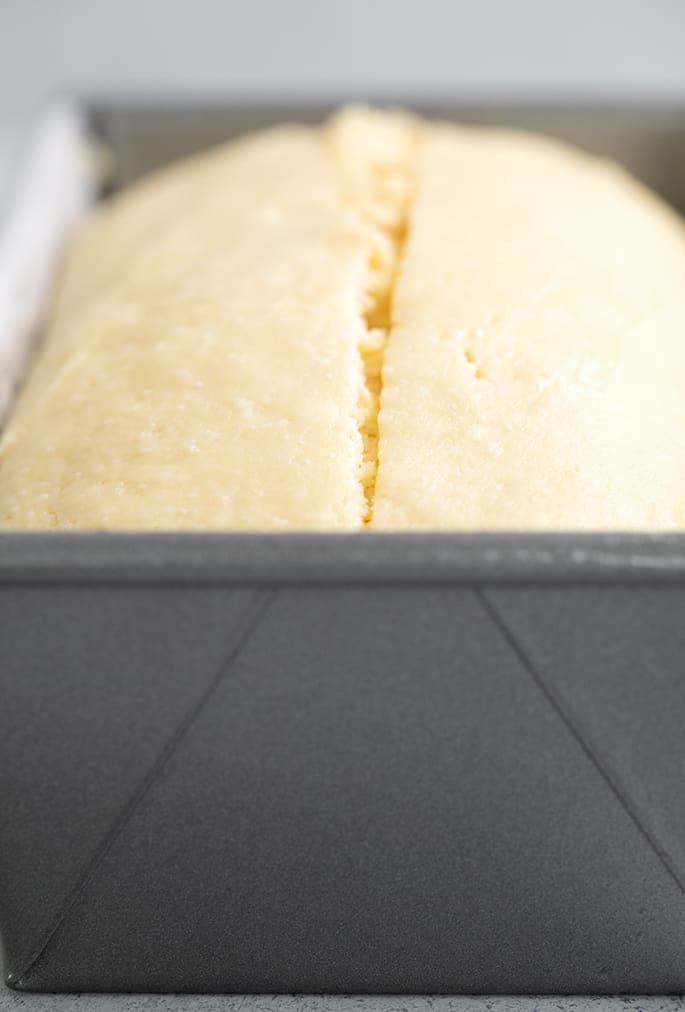
Expert tips
Getting your yeast bread to rise
The key to getting your brioche bread to rise is patience. Highly enriched bread with lots of butter and eggs usually rise quite quickly, sometimes in only 40 minutes during the hot, humid days of summer. In winter, it can take nearly 2 hours.
Do not put it in a low oven, or you may kill the yeast before it gets a chance to rise. I do often turn on my oven to about 300°F and place the loaf pan on top of the stove. That bit of gentle ambient heat helps it rise more steadily.
If your yeast bread is still rising, it has begun to overproof when the surface of the dough has begun to rise unevenly, taking on a broken or pockmarked appearance. Just moisten your fingers to smooth out the rough edges, and then bake.
Room temperature ingredients
If your butter is at proper room temperature for mixing (about 68°F), but your eggs are cold, the butter will clump and won't combine fully. You'll have pockets of melting butter leaking out of the bread during baking.
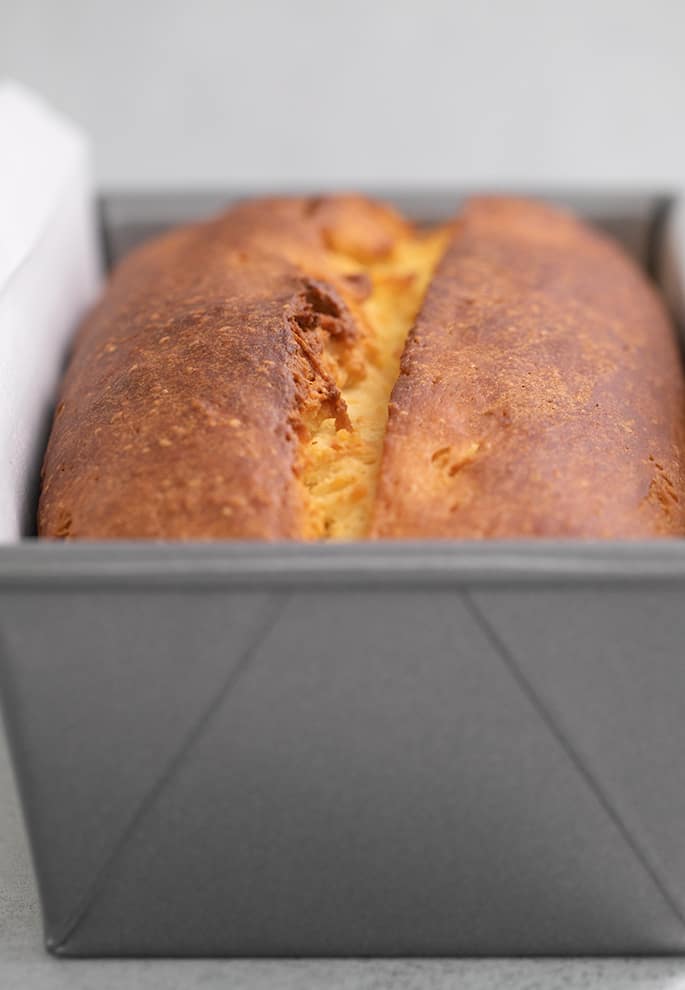
Ingredient substitutions
Dairy free
If you can't have dairy, I would normally steer you toward a bread recipe that isn't highly enriched with lots (and lots) of butter, like this one. But I think we can do it!
Try replacing the butter with vegan butter. My favorite brands remain Melt and Miyoko's Kitchen. I love them equally.
In place of the milk, try any nondairy milk you like. Just make sure it's unsweetened and unflavored.
Egg free
You can't replace 5 eggs in a single recipe with any sort of egg replacer. Brioche bread is just not egg-free-friendly. You'd need a vegan-style recipe that was developed egg-free.
Instant yeast
This is a recipe for yeast bread, and cannot be made without commercial yeast. It also cannot be made with gluten free sourdough starter, which requires a gluten free sourdough bread recipe developed specifically for it.
I always bake yeast bread with instant yeast, since it doesn't have to be dissolved in liquid, and you need less of it. Instant yeast is also called rapid-rise and breadmaker yeast. It's all the same.
If you don't have instant yeast and would like to use active dry yeast instead, you'll need to increase the amount by 25%. I've done the calculations for you in the Recipe Notes below.
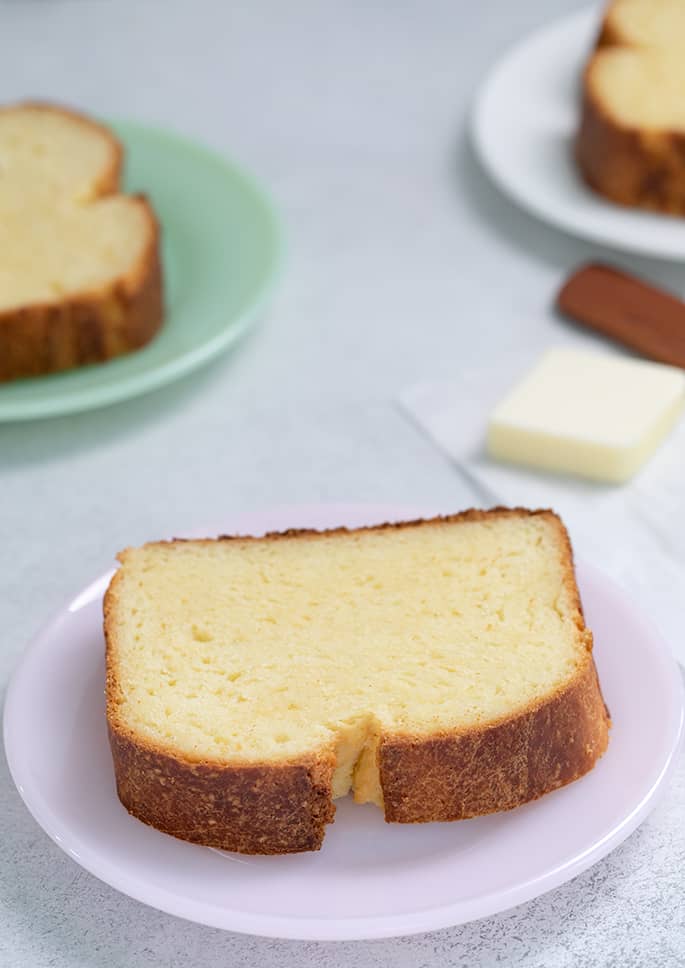
Gluten Free Brioche Bread
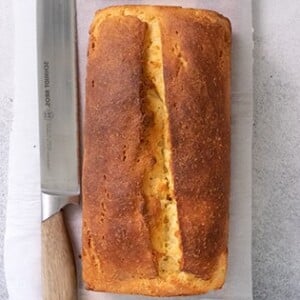
Ingredients
- 2 ½ cups (350 g) all purpose gluten free flour blend , (I used Better Batter; you must use one of my recommended blends so please click thru for full info)
- 1 ¾ teaspoons xanthan gum, omit if your blend already contains it
- ½ cup (100 g) granulated sugar
- 1 ½ teaspoons (5 g) instant yeast (See Recipe Notes)
- 1 teaspoon cream of tartar
- ¾ teaspoon (5 g) kosher salt
- ½ teaspoon apple cider vinegar
- 5 (250 g (weighed out of shell)) eggs, at room temperature
- ½ cup (4 fluid ounces) warm milk, about 95°F
- 10 tablespoons (140 g) unsalted butter, at room temperature, roughly chopped
Instructions
- Grease and line a standard 9-inch x 5-inch loaf pan and set it aside.
- In the bowl of a stand mixer fitted with the paddle attachment (See Recipe Notes), place the flour, xanthan gum, sugar, yeast, and cream of tartar, and whisk to combine well.
- Add the salt, and whisk again to combine. Add the vinegar, eggs, milk, and butter.
- Place the bowl in the stand mixer and beat on medium-low speed for about 30 seconds. Increase the speed to medium-high, and beat for at least 2 minutes. Scrape down the sides of the bowl, and beat on high speed for another 2 minutes.
- Transfer the dough to the prepared loaf pan, pressing the dough firmly into the corners. Using a moistened spatula, smooth the top.
- Cover the pan with lightly greased plastic wrap, and place the pan in a warm, draft-free location until the dough has reached the top edge of the loaf pan. This can take an hour, or it can take much longer, depending upon the rising environment. In cool, dry weather, it may take significantly longer.
- Overproofing is not a function of time, but of rise. When the surface of the dough begins to take on an uneven, pockmarked appearance, it has begun to overproof.
- When the dough has reached the end of its rise, preheat the oven to 375°F. Remove the plastic wrap, score the loaf down the horizontal center using a lame or sharp knife at a 45° angle, cutting about 1/4 inch deep.
- Place the loaf in the center of the preheated oven, and bake for 25 minutes. Rotate the pan 180° in the oven and bake for another 20 minutes.
- For a less browned crust, remove the loaf pan from the oven and transfer the bread to a large piece of aluminum foil. Wrap the bread completely in the foil and continue to bake for another 5 to 10 minutes, or until the inside of the loaf has reached at least 190°F.
- Remove from the oven, unwrap the loaf, and allow the loaf to cool on a wire rack. For a softer crust, keep the loaf wrapped for at least 20 minutes when it first comes out of the oven, and then unwrap to cool until no longer hot to the touch. Slice and serve.
- For a deeper golden brown crust, remove the loaf pan from the oven, transfer the bread to a baking sheet and then return it to the oven. Continue to bake for another 5 to 10 minutes, or until the inside of the loaf has reached at least 190°F. Remove from the oven and transfer the loaf to a wire rack to cool until no longer hot to the touch. Slice and serve.
Video
Notes
Nutrition information is automatically calculated, so should only be used as an approximation.
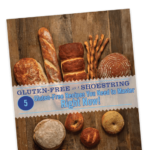
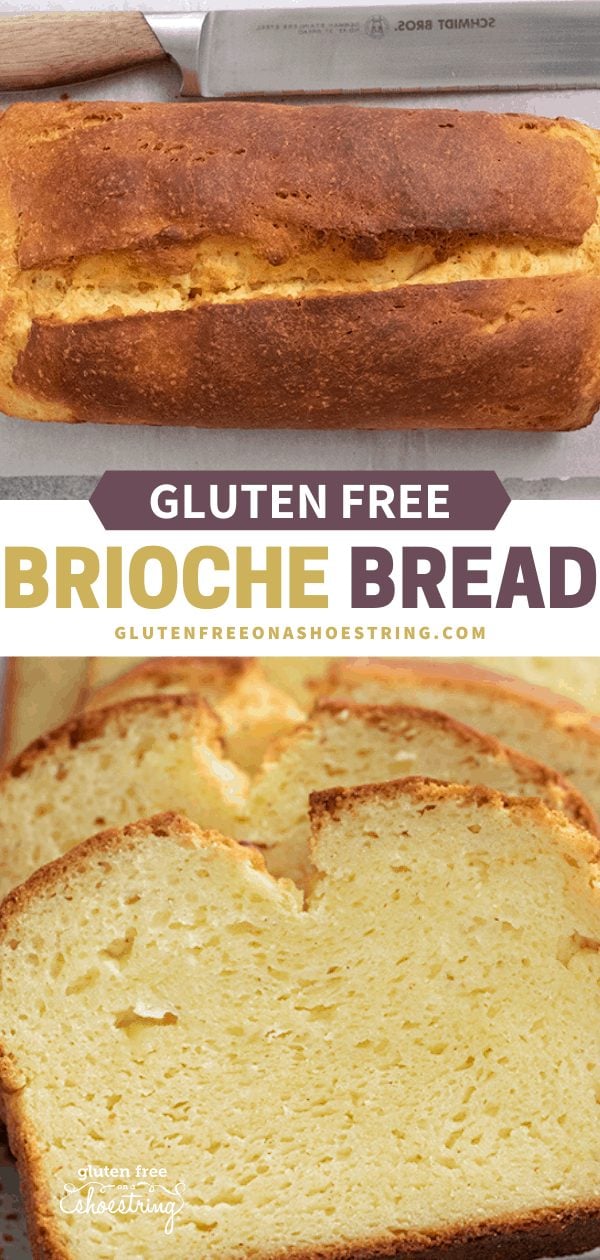
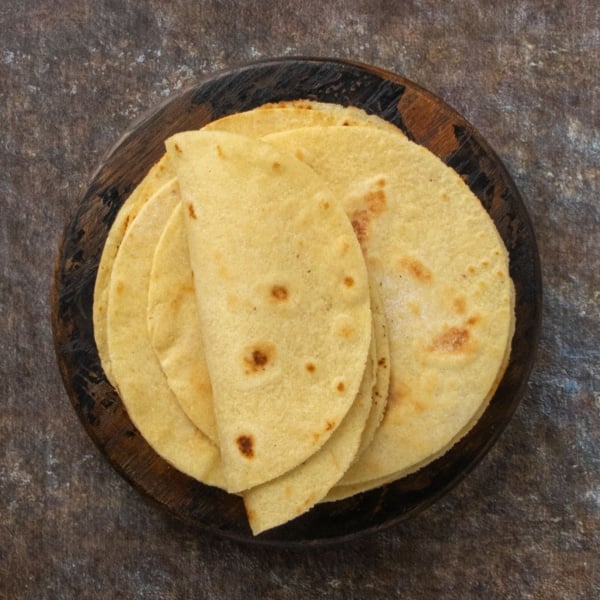
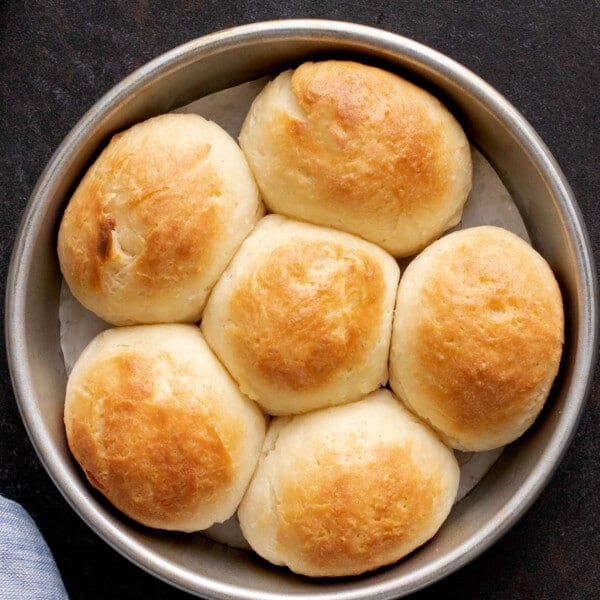
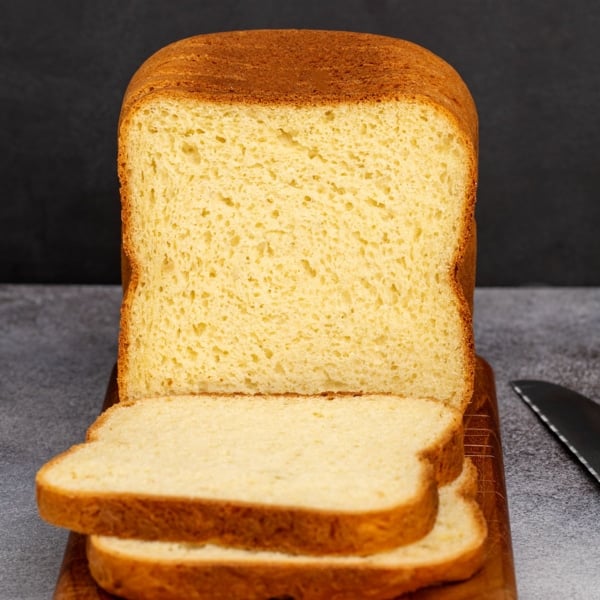
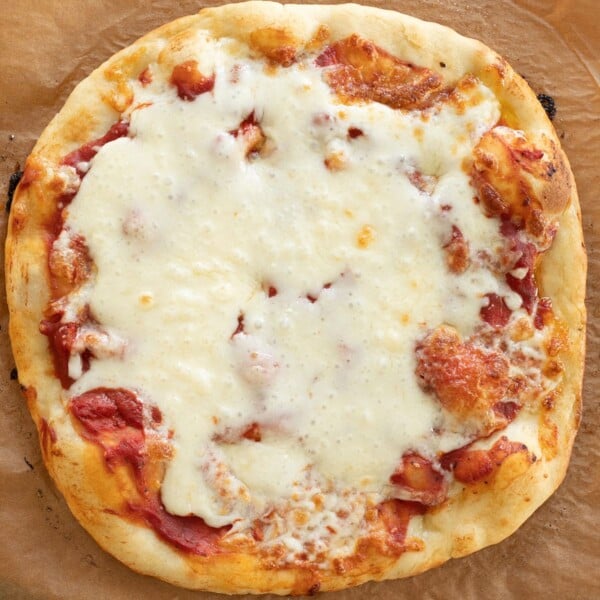









This is the best GF bread ever!! I used King Arthur’s bread flour and it worked great.
So glad that KAF’s GF bread flour worked well here, Kim. Thank you for sharing that! I love that it’s so widely available and works so well.
I cannot have yeast. Is it possible to sub sourdough starter, 50 – 100g for the yeast? Can this be made into rolls instead of a loaf? Blessings
Hi, Nellie, no, I’m afraid you can’t make this recipe using a sourdough starter. You must use commercial yeast and there is no appropriate substitute without completely reworking the recipe.
In relation to equipments:
Is it ok to use stand mixers (bowl and paddle), etc that’s been used mixing a non GF mixture? Washed inbetween use, of course! Or is it strictly, tools and equipments solely for gf recipe use ONLY?
In relation to gf flour to be used:
Is it ok to sub 1:1 gf glour with almond flour, or corn flour? Example, sub 350g gf flour to 350g almond flour, or 350g corn flour?
Hi, Marianne, I would not use a bowl and paddle that had been used for non-gluten free recipes, no, but that really comes down to your risk tolerance. I can’t make that decision for you. And no, you definitely cannot replace an all purpose gluten free flour blend in any of my recipes, like this one, that call for one with a single ingredient flour like almond flour or corn flour. No single ingredient can possibly substitute for an all purpose blend. For more information on blends, please click the link in the recipe card for that page on the blog.
For all the bread recipes,can you divide the batter for small loaves in the special paper loaf pans for gift-giving?
Hi, Ruth, I haven’t tried that, but I don’t see why it wouldn’t work. I’m afraid I don’t know what baking times to recommend, though, and not only will baking in small sizes but baking in paper loaf pans will definitely affect the baking time, too. You’ll have to experiment! The bread will measure about 205°F on an instant read thermometer when it’s done baking.
I’m going try this brioche recipe, do you use full fat milk? Thanks from the land of brioche🇫🇷
Hi, Peter, yes I always bake with whole milk whenever possible, for best results. You can get away with as little as 2% fat, but whole is always best!
Can’t wait to try, does this freeze well if made in advance?
Hi, Kiki, Yes, you can definitely make this bread in advance, let it cool, wrap it tightly and then freeze it.
Can this bread be made into a challah
No, Dahlia, you’d need my recipe for gluten free challah for that. This bread can’t be shaped like that.
You already answered my muffin tin question. Sorry.
Hello, Nicole. Have you made this recipe, or do you think that this recipe can be made, in the traditional “muffin” and knob shape?